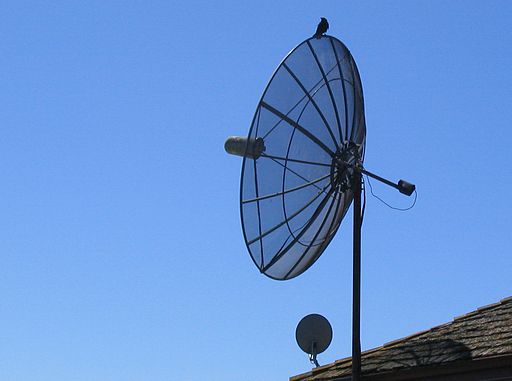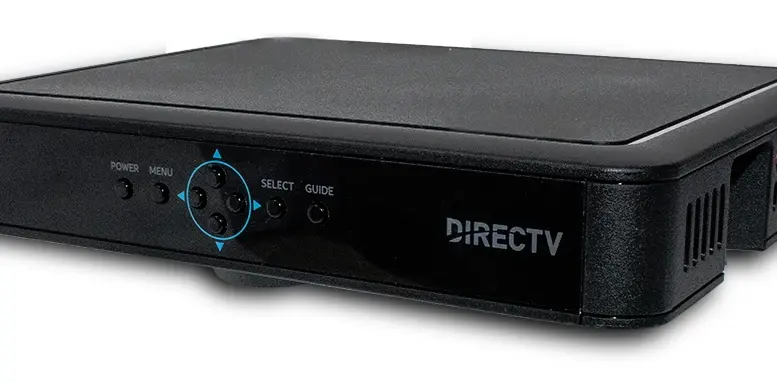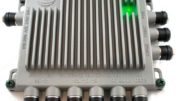Yes folks, there exists a nearly infinite number of different abbreviations that are used in the communications industry and it’s practically impossible to know all of them. I’m right there with you. I’m actually glad there are so many different terms to learn. It keeps me employed, and I’m rather fond of being employed. So, let’s take a look at “IRD,” a term that you don’t hear much anymore but you still sometimes hear the old timers use.
Back in the early days of DIRECTV…
“IRD” is a term that dates back to the early days of DIRECTV, when your satellite box was the size of a pizza box. It actually dates back a little earlier, to the days when an a dish smaller than 40″ was just a pipe dream.
In the early days of satellite television, you had two boxes. One was the receiver, which pulled in the satellite signals. It was about the size of an old-school VCR. Then, there was the decoder, which was sometimes a bit smaller. The decoder would use decryption techniques so that you could get an encrypted signal, something that was still pretty new back then.
Remember, this was in those days when digital satellite signals were actually very new and you needed a lot of very advanced stuff to decode a digital picture and output it to your analog television set. The combination of the receiver and the decoder meant that you could watch TV from satellite signals, although you did need a really gigantic dish to do it.

Remember those?
It became so much easier when…
One of the real innovations from DIRECTV and DISH in the 1990s was the “integrated receiver and decoder” which was one box that did all the work. Satellite signal came in, TV signal went out. I know that sounds like a no-brainer but you have to believe me in those days it was a massive improvement. It made home installation possible and remember too everything had to be simple in those days because people did all the installation themselves.
So, this “integrated receiver and decoder,” or “IRD,” (see what I did there?) was the key to the whole operation. Really, it still is. But no one uses the term “IRD” anymore because of course there’s one box that receives and decodes. In fact, we now have boxes that do so much more like DIRECTV’s Gemini. Technically, the Gemini doesn’t receive or decode signals. That’s the job of the Genie 2 DVR. The Gemini just gets all its video information from the Genie 2, and also receives input from the remote control. But, it does a few more tricks too obviously. It communicates with the internet using the same cable used to connect to the Genie 2. This lets it run all the streaming apps you want. It’s so far removed from the IRD’s of 25 years ago that there’s practically no comparison.
Get what you need from Solid Signal
Whether you need an IRD, a STB, a SWM, or any other odd acronym used for satellite TV, you can find it all at Solid Signal. Solid Signal is your source for the exact same parts used by installers. You’ll get the best prices and the best service, too. If you’re confused about what you need, ask the experts! We’re here for you during East Coast business hours. The number is 888-233-7563 and we have techs standing by! If it’s after hours, fill out the form below. We’ll get right back to you!





